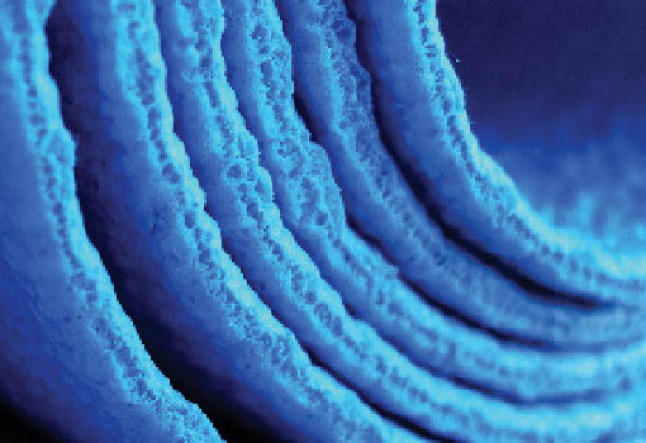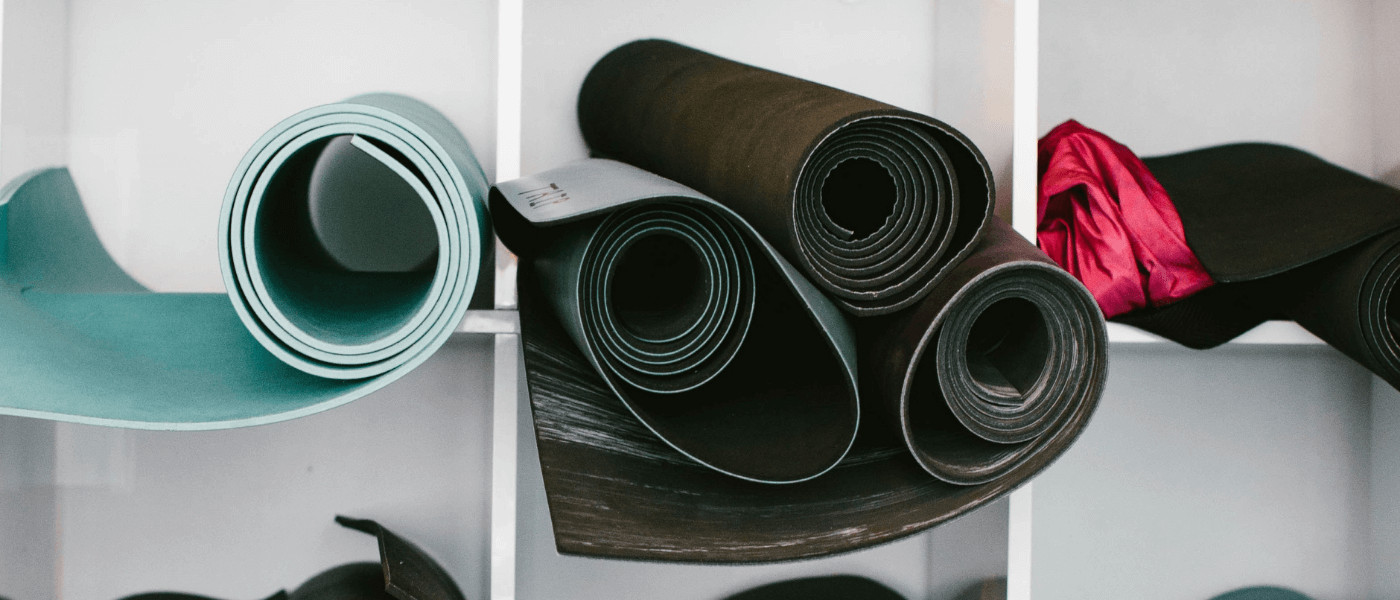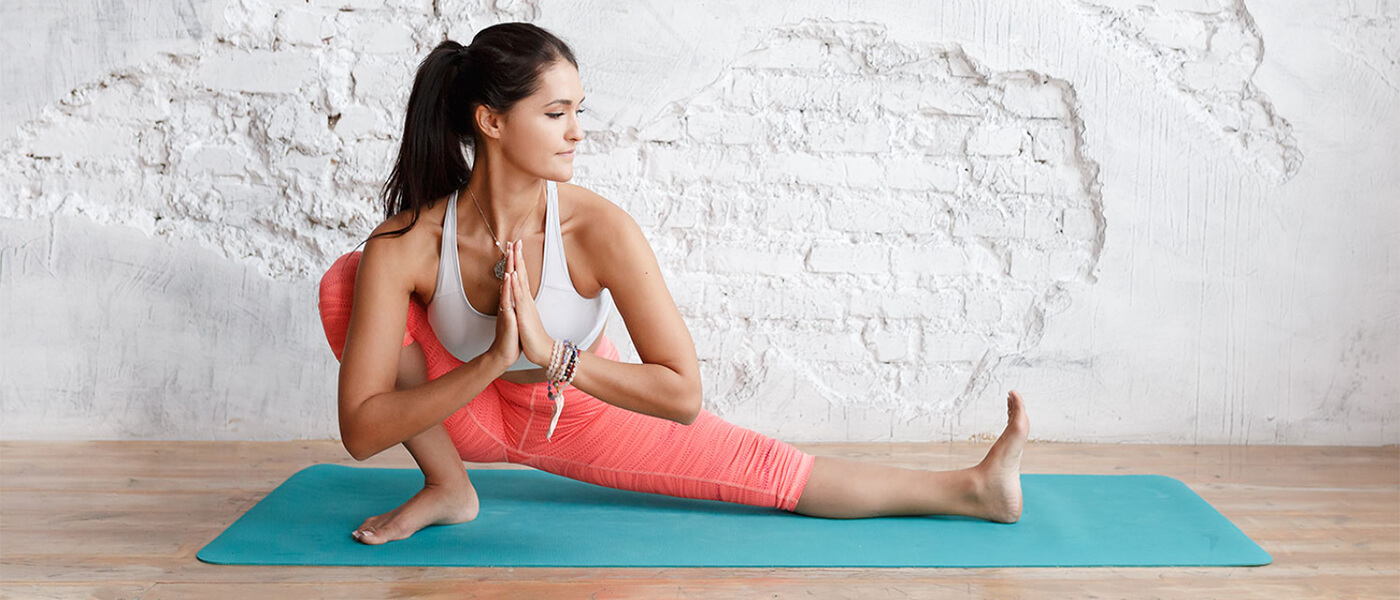pvc polyvinyl chloride

PVC, PVC, PVC! Why is everyone up in arms about polyvinyl chloride? Well, it happens to be one of the most toxic chemicals known to man and definitely the most environmentally harmful plastic.
PVC and the chemicals it is mixed with to create many of the common products we use today, including yoga mats, may cause angio sarcoma of the liver, lung cancer, lymphomas, leukemia and cirrhosis of the liver, according to a report from the Center for Health, Environment and Justice entitled PVC: Bad News Comes in 3’s, The Poison Plastic, Health Hazards and the Looming Waste Crisis.
Among the ingredients in most products that contain PVC are chlorine, phthalates, lead and cadmium – all poisons.
The entire life cycle of PVC from manufacturing to recycling is tainted with harmful chemicals. The details are simple.
What we choose to do with the information is up to each one of us as individuals.
PVC Is Everywhere
PVC or polyvinyl chloride by itself is basically useless. It becomes useful when mixed with different chemicals.
Various chemicals will allow PVC to harden for products such as pipes for home drains and sewage or soften for rubber shoes and packaging.
PVC has long been considered the wonder material in the building industry because of its inexpensive production and durability.
It is combined with many different chemicals to make an enormous variety of products. 75% of PVC manufactured is used in the construction industry. Packaging and consumer goods make up almost 15% of the total of PVC use.
There is PVC in such things as shoes, luggage, shampoo, baby oil, children’s toys, shower curtains, drinking straws, food containers, garden hoses, car seats for children, pipes, siding, tiles, cell phones, computer keyboards, credit cards and a lot more.
In fact, most yoga mats are made from PVC, although there is now a new trend, with many yoga mat companies offering non-PVC alternatives.
Many children’s and baby toys also contain PVC. When a child chews on a vinyl toy, he or she may be inhaling phthalates.
In the U.S. it is currently legal for manufacturers to produce toys with phthalates and for retailers to sell them. However, the European Parliament has banned certain toxic chemicals. If you are not sure about the content of a toy you can contact the manufacturer directly and ask about the product’s ingredients.
That often sought-after “new car smell” or the smell from your new synthetic fiber rug is usually the off gassing of the chemicals mixed with PVC.
This off gassing can cause harm to the lungs and immune system. When PVC is burned, whether in a building fire, home fire or in landfills, dioxins are emitted into the air.
Dioxins are known carcinogens and have the potential to cause harm to the immune and reproductive systems.
The International Association of Fire Fighters supports the use of non-PVC building materials.
In fact, in December of 2004, the IAFF protested a veto of a bill by New York’s Governor Pataki that would have extended the ban on PVC use for large residential construction.
“This veto is a major setback to protecting fire fighters from toxic chemical exposure,” says IAFF General President Harold Schaitberger.
The Manufacturing Plants, Their Communities and Why We Can’t Recycle PVC.
There are 27 PVC plants located in 11 different states in this country. April 20, 2005 was a day of victory for people looking to protect residents living in PVC manufacturing towns.
Mossville Environmental Action Network (MEAN) and Sierra Club, represented by Earthjustice, had challenged the Environmental Protection Agency’s emission standards for PVC plants.
The United States Court of Appeals for The District of Columbia Circuit ruled in favor of writing new rules and regulations about protecting air quality and emissions for PVC plants.
The EPA had no toxic emission reductions, even though the EPA claims PVC “may reasonably be anticipated to result in an increase in mortality or an increase in serious, irreversible or incapacitating reversible illness.”
There are 27 PVC plants located in 11 different states in this country. April 20, 2005 was a day of victory for people looking to protect residents living in PVC manufacturing towns. Mossville Environmental Action Network (MEAN) and Sierra Club, represented by Earthjustice, had challenged the Environmental Protection Agency’s emission standards for PVC plants.
The United States Court of Appeals for The District of Columbia Circuit ruled in favor of writing new rules and regulations about protecting air quality and emissions for PVC plants.
The EPA had no toxic emission reductions, even though the EPA claims PVC “may reasonably be anticipated to result in an increase in mortality or an increase in serious, irreversible or incapacitating reversible illness.”
Dioxin emissions are the main reason we cannot safely recycle PVC. According to the report from Center For Health, Environment and Justice, just one PVC bottle can contaminate a recycling load of 100,000 HDPE (High Density Polyethylene) bottles (household bottles).
The chemicals used to create a PVC product are too difficult and costly to extract from the product itself in order to recycle the PVC.
And currently, only .1% to 3% of post-consumer PVC waste is being recycled. This amount is too small to sustain a recycling program for PVC.
What We Can Do
Considering that PVC is the most environmentally harmful plastic, one suggestion is to buy products without PVC content.
A simple way to know whether or not a product is made from PVC is to look for the number 3 or the letter V inside the recycle circle on the bottle. If there is a 3 or a V, the bottle has PVC. It is much more difficult to know if a product like your luggage or your yoga mat has PVC.
Although many products that have a strong plastic or chemical type smell most likely contain toxins. Many manufacturers are beginning to understand the detriments of PVC and offer alternatives.
You can contact the manufacturer directly for more information. In the yoga mat manufacturing world, many companies are labeling mats not made with PVC as “PVC Free” or “Non-PVC.” (See sidebar.)
The Center for Health Environment and Justice in their report has suggested a “PVC-Free Policy Action Agenda.”
The agenda has a 3 year, 5 year, 7 year and 10 year plan. It includes, but is not limited to, such actions as banning all open waste burning and educating the public about PVC hazards in the first three years; giving preference to PVC-free purchasing and banning use of PVC in bottles and disposable packaging within 5 years; phasing out other high hazard PVC uses and increasing alternatives to PVC within 7 years; and phasing out the remaining durable PVC uses within 10 years.
Change Is Happening
The Center for Health Environment and Justice, Greenpeace and other activism groups have been spearheading campaigns against the manufacturing and use of PVC for years.
On December 21, 2005 the New York City Council passed legislation reducing the amount of PVC and other toxic chemicals it will purchase for the city. In Olympia, WA, the City Council unanimously adopted a resolution to purchase and use less pesticides and toxic chemicals.
A growing list of companies that have committed to phasing out the use of PVC include Microsoft, Bath & Body Works, Honda, Ikea, Victoria’s Secret, Toyota and more.
On May 9, 2006, Crabtree & Evelyn announced it would phase out PVC packaging by March 2009 and Johnson & Johnson agreed to reduce their PVC use by 70 percent by year end 2007.
The issue of the harmful effects of PVC is becoming more and more known and thankfully individuals and major companies are making alternative choices.
What will you do?
You also might like to read about sustainable works.



